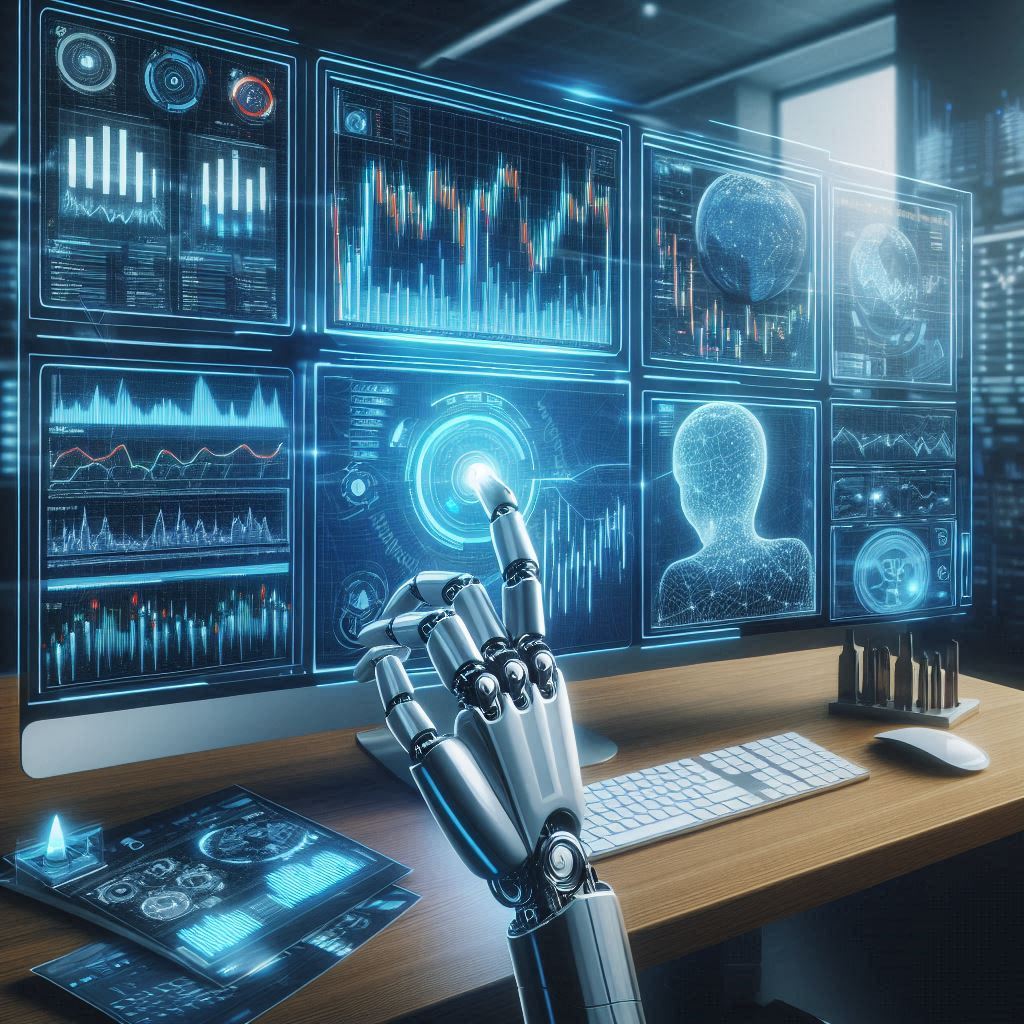The Role of Automation in Modern Forex Trading
Posted On - February 27, 2025 | By - FXProfitBuilder | Categories - Forex Strategy

Introduction
The Forex market, known for its high liquidity and 24/5 operation, has evolved significantly with technological advancements. One of the most significant shifts in recent years has been the rise of automation in Forex trading. Automated trading systems, also known as algorithmic or algo trading, have transformed the way traders execute trades, manage risks, and optimize strategies.
In this article, we will explore the role of automation in modern Forex trading, its benefits, challenges, and how traders can leverage automation to improve their trading performance.
What is Automated Forex Trading?
Automated Forex trading refers to the use of computer programs, algorithms, and artificial intelligence (AI) models to execute trades on behalf of traders. These programs follow pre-defined rules and strategies, analyzing market data in real time to place trades without human intervention.
Types of Automated Trading Systems:
- Expert Advisors (EAs): Used in MetaTrader platforms, these programs follow set trading rules to execute trades automatically.
- High-Frequency Trading (HFT): Used by institutional traders, HFT systems execute thousands of trades per second.
- Copy Trading and Social Trading Bots: These allow traders to replicate the strategies of successful traders automatically.
- AI-Powered Trading Bots: These bots leverage machine learning to analyze trends and adjust trading strategies dynamically.
Benefits of Automation in Forex Trading
1. Speed and Efficiency
Automated trading systems can execute trades in milliseconds, responding to market movements much faster than human traders. This speed ensures better order execution and reduces slippage.
2. Eliminates Emotional Trading
One of the biggest challenges for traders is controlling emotions like fear and greed. Automated systems remove emotional bias, ensuring disciplined and consistent trading based on pre-defined rules.
3. Backtesting and Strategy Optimization
Traders can use historical data to test and refine their strategies before deploying them in live markets. This helps in identifying profitable setups and eliminating weak strategies.
4. 24/5 Market Monitoring
Unlike human traders who need rest, automated systems can operate continuously, identifying opportunities even when the trader is offline.
5. Risk Management
Automated trading systems can implement strict risk management rules, such as stop-loss and take-profit levels, ensuring controlled risk exposure on each trade.
Challenges and Risks of Automated Trading
1. Technical Failures
While automation is powerful, it is still dependent on stable internet connections, reliable trading platforms, and functional hardware. Any system failure can lead to missed trades or losses.
2. Over-Optimization
Traders sometimes fine-tune strategies too much based on past data (curve-fitting), making them ineffective in live market conditions.
3. Market Unpredictability
While automation can analyze trends and patterns, unforeseen economic events, news, and black swan events can disrupt algorithmic strategies.
4. Security Risks
Using third-party bots or automation tools without proper security can expose traders to cyber threats and hacking attempts.
How to Leverage Automation in Forex Trading
1. Choose the Right Trading Platform
Platforms like MetaTrader 4/5, NinjaTrader, and cTrader offer built-in automation tools and support for custom trading bots.
2. Use Reliable Expert Advisors and Bots
Avoid scams and unverified bots. Always test any EA or bot in a demo account before deploying real funds.
3. Diversify Trading Strategies
Instead of relying on a single algorithm, use a combination of strategies to manage risk and improve overall performance.
4. Monitor and Adjust
Even though automation reduces manual work, it is essential to regularly monitor and tweak the strategies to adapt to changing market conditions.
Conclusion
Automation has revolutionized Forex trading by increasing efficiency, reducing emotional bias, and improving strategy execution. However, it is not a guaranteed way to profits and requires careful implementation, regular monitoring, and robust risk management.
For traders looking to stay ahead in the fast-paced world of Forex, integrating automation strategically can lead to better decision-making and enhanced profitability.
👉 Start your journey today—subscribe to our forex pip tips service and see the difference for yourself! Sign Up to get Exclusive Offers